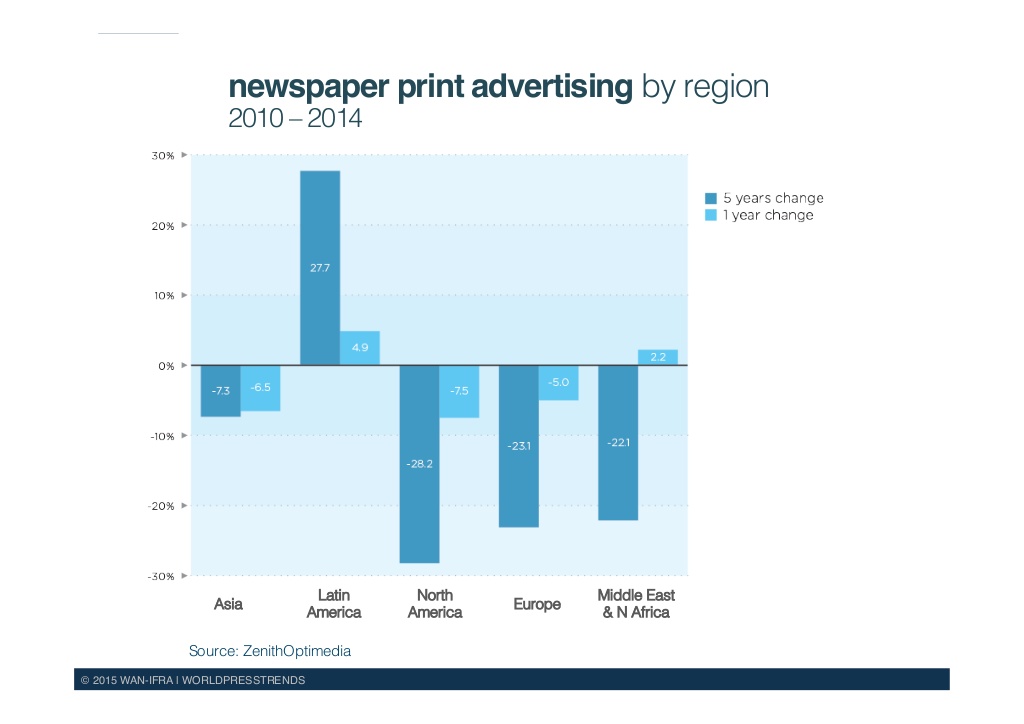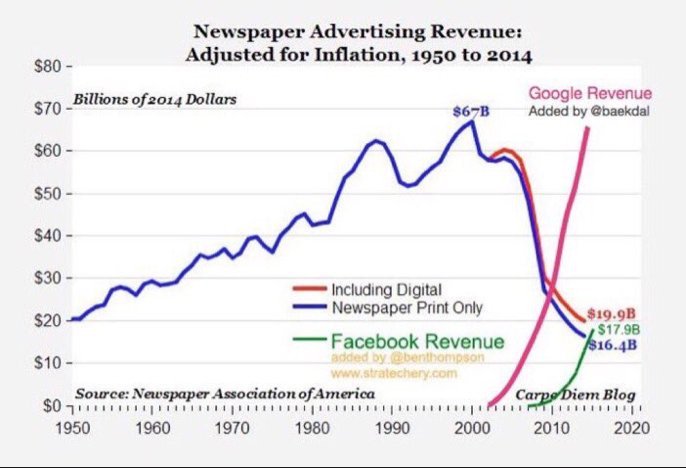As a guide, of the top 5 leading PR agencies worldwide, only Edelman’s and Porter Novelli’s Latin America operations are led from within the region (with the latter being limited to a non-controlling stake in its Latin American offices). At Weber Shandwick, Latin America is managed from New York; while Fleishmann Hillard, Burson Marsteller and Hill and Knowlton runs its regional operations from Miami. Such arrangements would be inconceivable for the Indian market, but they provide an insight into the lack of consideration paid to the region.
The US and European PR networks’ continued neglect for Latin America represents a tangible opportunity for an ambitious and funded firm from an emerging market. Specifically, for an Indian firm to apply the same level of management discipline and international client service increasingly common in the sub-continent, to the region. To deliver an offering which is currently unavailable locally, which could command a premium (particularly from international brands) and which would be effectively insulated from the competition. The emerging market background would be crucial; traditional Western market approaches to Latin America consider the region a ‘subordinate’ version of the US and/or Europe. The reality is deeper and far more complex; like India, Latin America can only be ‘unlocked’ through the application of international best practice on a daily basis, taking into consideration the local context, and rigorous delivery on a daily basis. Adfactors has ample experience and expertise on the same; in fact, this is actually the agency’s ‘sweet spot’ .
The situation resembles that of India in the early 2000s. By 2009, it should be remembered, Edelman had entered into a joint venture agreement with R&P Management Communications, Burson-Marsteller had acquired Genesis, Fleishman-Hillard had opened its first Indian office, in Mumbai, Publicis Groupe had agreed to acquire leading Indian consultancy Hanmer & Partners, while public affairs specialist APCO Worldwide had opened offices in Mumbai and New Delhi . . . . and of course Waggener Edstrom Worldwide had entered into an affiliate agreement with Adfactors PR!
The Latin American acquisition spree has already commenced; in September last year, Hill+Knowlton Strategies acquired a majority stake in Ideal (a Brazilian public relations, advertising, digital and content firm ), later that month, another WPP agency – Ogilvy PR – purchased Brazilian public relations and digital content firm ConceptPR (effectively doubling the size of its operations in Brazil). A month later, Cohne & Wolfe (part of WPP) acquired Brazil’s third largest agency, PR Maquina , in the same month, Spanish-based PR group, Llorente Cuenca acquired Brazilian PR agency, S/A Comunicação .
The ‘agency real estate’ has been purchased, but the approach remains distinctly and unfailingly US; an attempt to map the integrated model direct onto the Latin American PR landscape. No consideration is paid to the continued role of traditional media nor the particularity of the region and the importance of an editorial approach irrespective of the platform. In none of the above acquisitions are local teams being actively supported (on the ground) by expats or internationally experienced, multi-lingual practitioners to share best practice and ensure genuine integration.
Brands, therefore, will continue to be faced with Latin American agencies focused (in some cases, exclusively) on offering full/integrated services direct to the CMO, who consider media relations little more than a loss leader, and who no longer prioritise the CCO as a relevant, long term partner. The resultant dynamic is typified by:
- Neglected, traditional/editorial-based media relations; the absence of deep CCO relationships around whom incremented services can then be channeled
- Direct competition with the ATM/full service establishment; against whom at present – PR remains the ‘junior’ partner
With no internationalised teams or on-the-ground integration, even these acquired agencies will continue to fall into one of the above camps. The Latin America opportunity, therefore, is the creation of an offering which responds to the current reality; the role of traditional earned media and relationships with at CCO level, the provision of consistent and genuinely ‘international class’ client service, all delivered efficiently and profitably (as opposed to the ‘loss leader’ approach, currently adopted by most PR agencies). In effect, an adapted approach to the Indian model.
Owning the narrative – which would be multi-platform and multi-audience – would also place such agencies in the driving seat, ultimately, beyond the CCO to the CMO. PR agencies are uniquely positioned to own the narrative for three reasons:
- PR understands dialogue (two-way communication); advertising in Latin America remains overwhelmingly unidirectional broadcast
- PR is real time every day; Latin American ATL is fundamentally campaign/product based and punctual
- PR is flexible; it is able to adapt to strategic shifts, crisis and contingencies in real time
The utilisation of this narrative-based PR profitable base as a bridgehead from which to sell additional services such as digital, creative content, research, public affairs etc remains a huge business opportunity in Latin America. In fact, the absence of productivity, efficiency and client service which reflects the majority of PR offerings across the region, represents a huge competitive opportunity – the firm that gets this right locally would enjoy a virtual monopoly.
Today, we are witnessing a confluence of factors that make Latin America compelling next step for an Indian PR firm looking to globalise:
- The absence of genuine, world-class competition; no one else is looking at Latin America, the market is proven but an ‘emerging markets’ approach is required. In this sense, the Indian experience is the most appropriate template and represents a clear and proven competitive advantage.
- Economically, the market is at the bottom of a cycle, assets and currency are cheap; international budgets are fixed in US$ which represents a guaranteed formula for business
- Politically, Mexico is on the rise; the North America Trade Agreement (free trade block) and recently signed Trans Pacific Alliance are good news for the country. The country is proving a reliable alternative to China as an outsource provider; Caterpillar, Chrysler, and Stanley Black & Decker are amongst the brands who have relocated operations to Mexico. With the election of Mauricio Macri, Argentina is hoping to put the inflation-fuelled populism of Cristina Kircher behind it. Columbia’s ‘peace dividend’ represents an economic commitment to growth as much as a political agreement. And for Brazil . . . . the bottom of the cycle has been reached; the local stock market actually rose upon news of Dilma Rouseff’s impeachment. The interim president, Michel Temer, is making economic stability the centrepoint of his policy for the coming two years.
- Professionally, clients, partners and employees are placing a premium on firms with modern management approaches, transparency, compliance and strong ethical values; tolerance of corruption and illicit activities is now zero. A firm from a market with experience of such environments and how to navigate them ethically will also be competitively placed.








